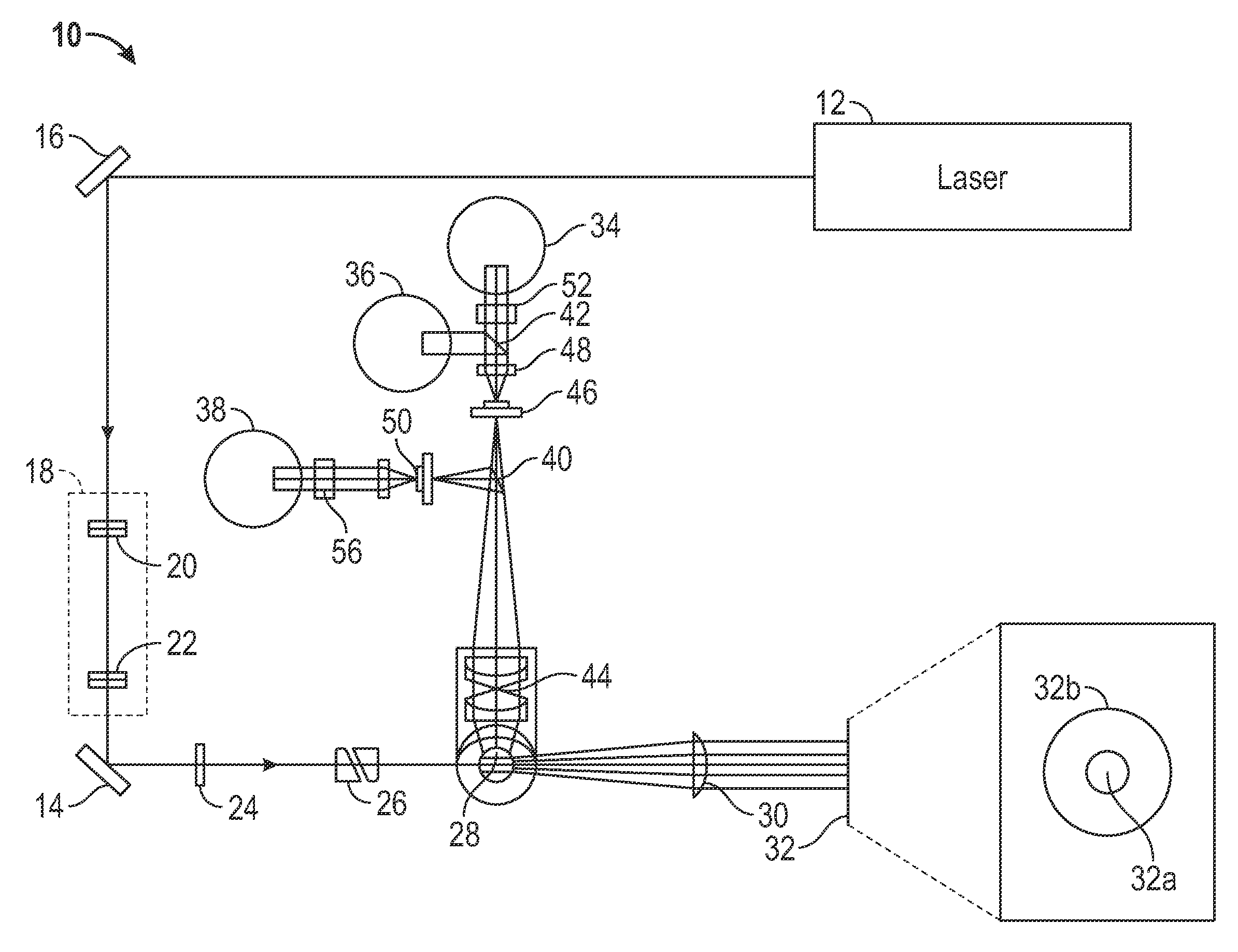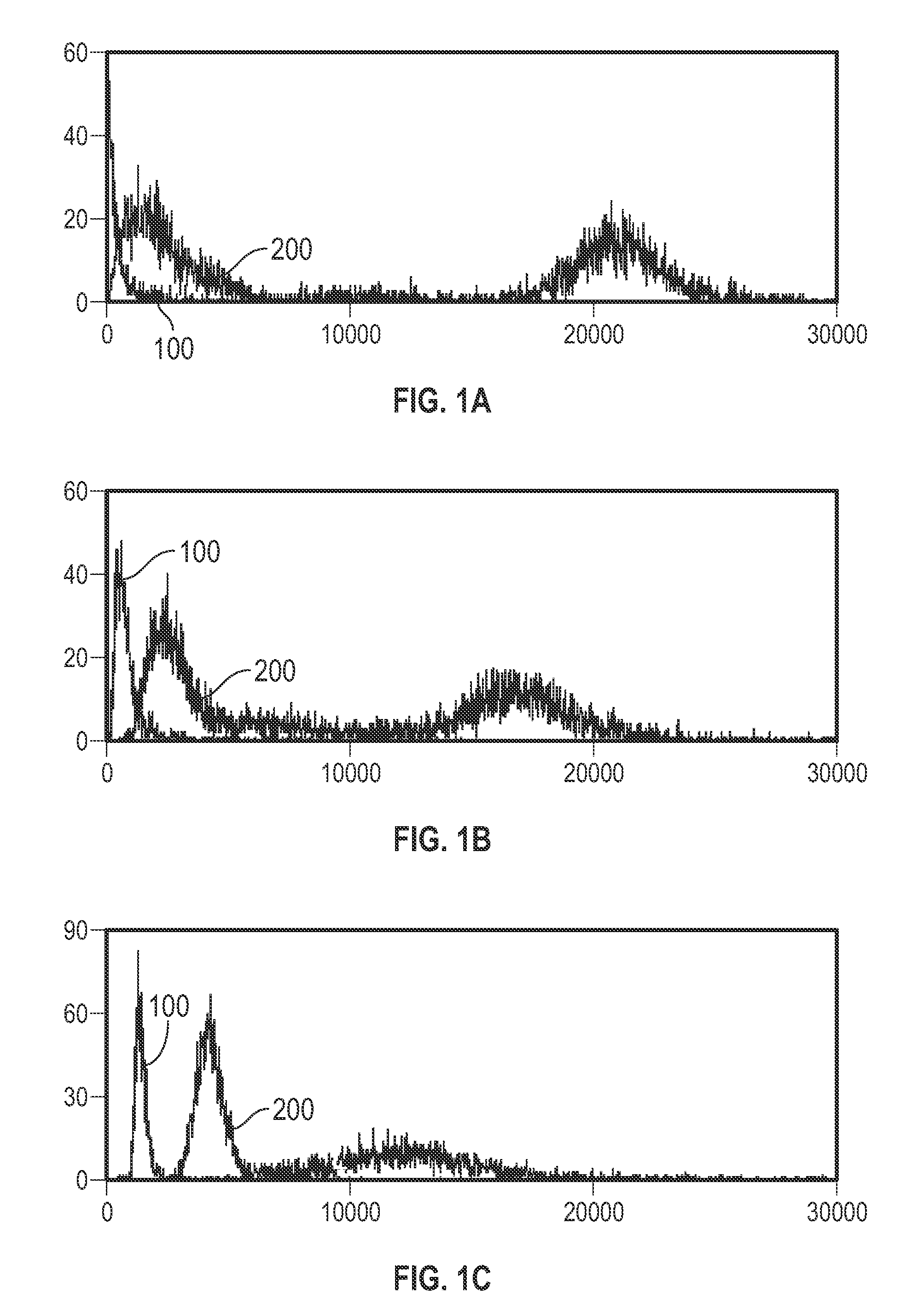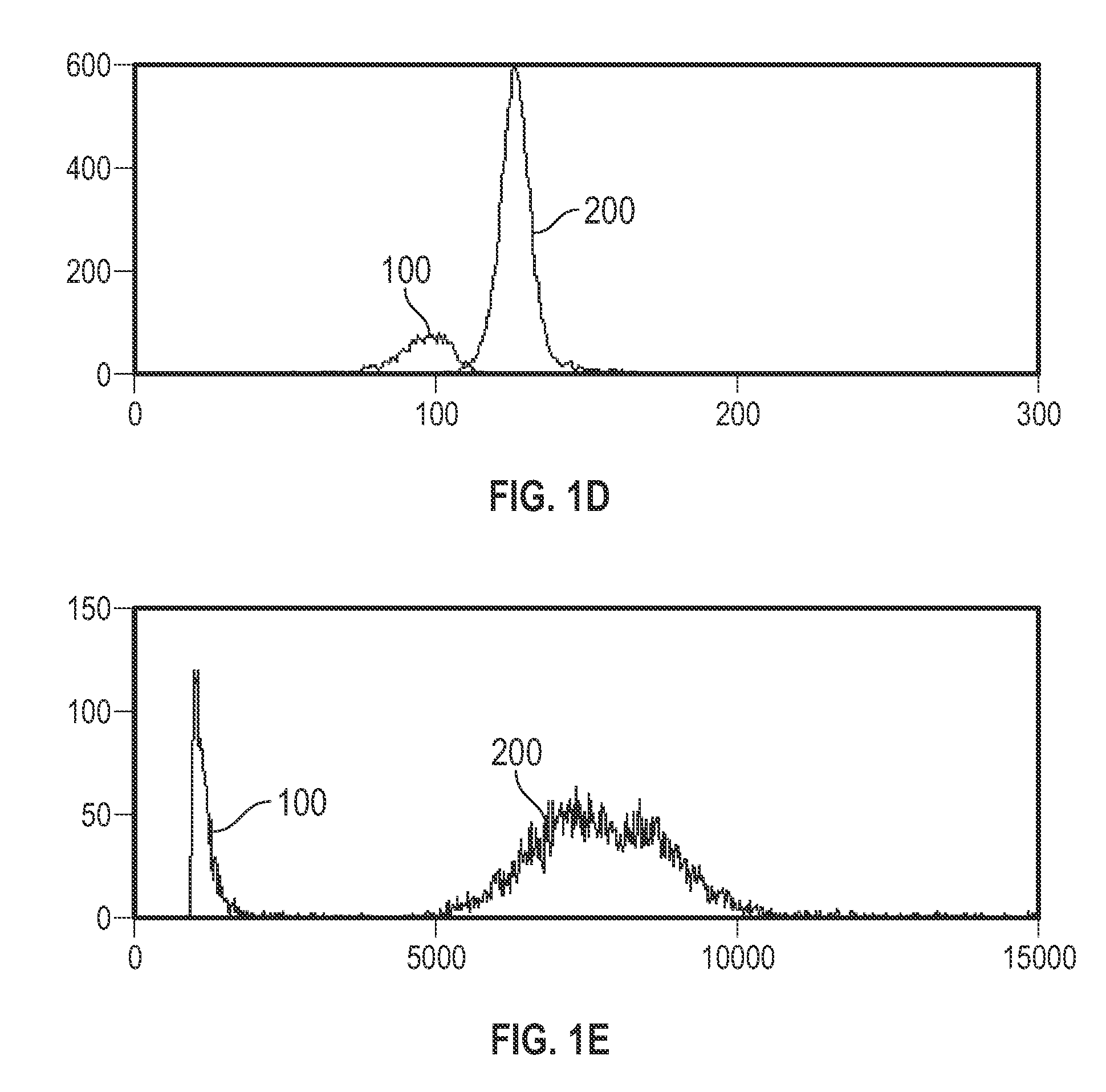White Blood Cell Analysis System and Method
a white blood cell and analysis system technology, applied in the field of hematology systems and methods, can solve the problems of large fragments of lysed rbcs that interfere unlysed rbcs, and interference with wbc counting and differential analysis, and achieve accurate counting and differentiation of wbcs and wbc sub-populations
- Summary
- Abstract
- Description
- Claims
- Application Information
AI Technical Summary
Benefits of technology
Problems solved by technology
Method used
Image
Examples
Embodiment Construction
[0034]Provided herein are systems and methods for analyzing blood samples, and more specifically for performing a white blood cell (WBC) differential analysis to identify, classify, and count WBCs and WBC sub-populations. In general, the systems and methods disclosed screen WBCs by means of fluorescence staining and a fluorescence triggering strategy. As such, interference from unlysed red blood cells (RBCs), such as lysis-resistant red blood cells (rstRBCs), and RBC fragments is substantially eliminated. The systems and methods disclosed thereby ensure accurate counting and differentiation of WBCs and WBC sub-populations. The systems and methods also enable development of relatively milder WBC reagent(s), suitable for assays of samples containing fragile lymphocytes (or other fragile WBCs), including aged samples.
[0035]In one embodiment, for example, the systems and methods disclosed herein include: (a) staining a blood sample with an exclusive, cell membrane permeable, fluorescent...
PUM
| Property | Measurement | Unit |
|---|---|---|
| Temperature | aaaaa | aaaaa |
| Temperature | aaaaa | aaaaa |
| Temperature | aaaaa | aaaaa |
Abstract
Description
Claims
Application Information
 Login to View More
Login to View More - R&D
- Intellectual Property
- Life Sciences
- Materials
- Tech Scout
- Unparalleled Data Quality
- Higher Quality Content
- 60% Fewer Hallucinations
Browse by: Latest US Patents, China's latest patents, Technical Efficacy Thesaurus, Application Domain, Technology Topic, Popular Technical Reports.
© 2025 PatSnap. All rights reserved.Legal|Privacy policy|Modern Slavery Act Transparency Statement|Sitemap|About US| Contact US: help@patsnap.com



